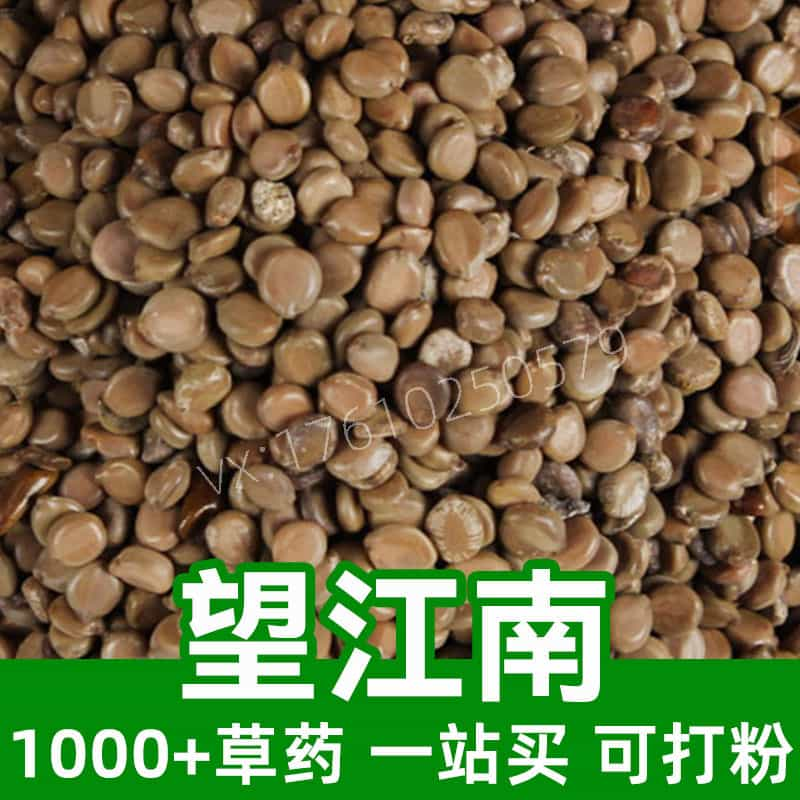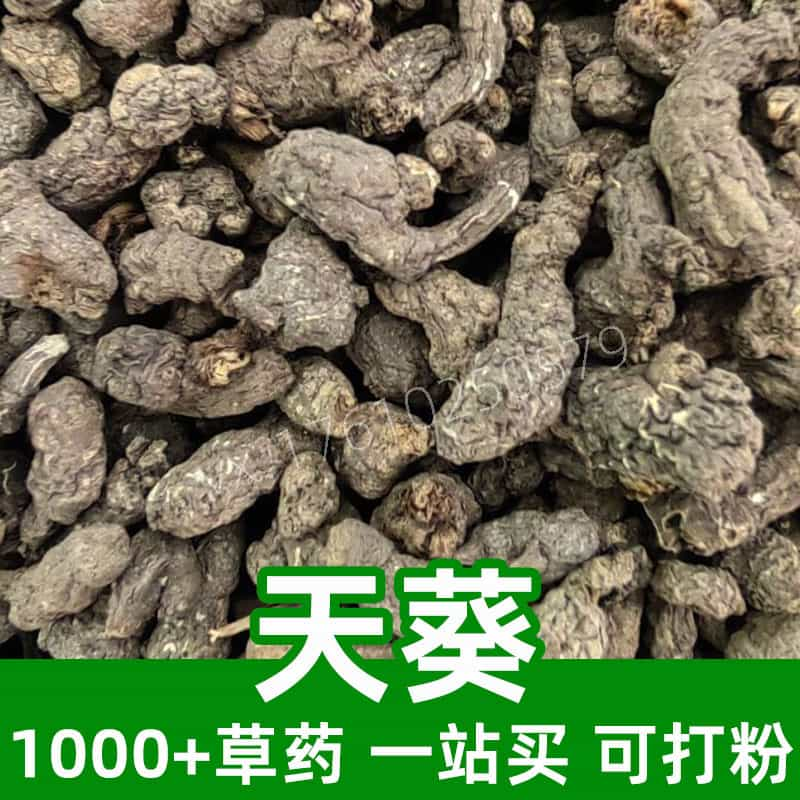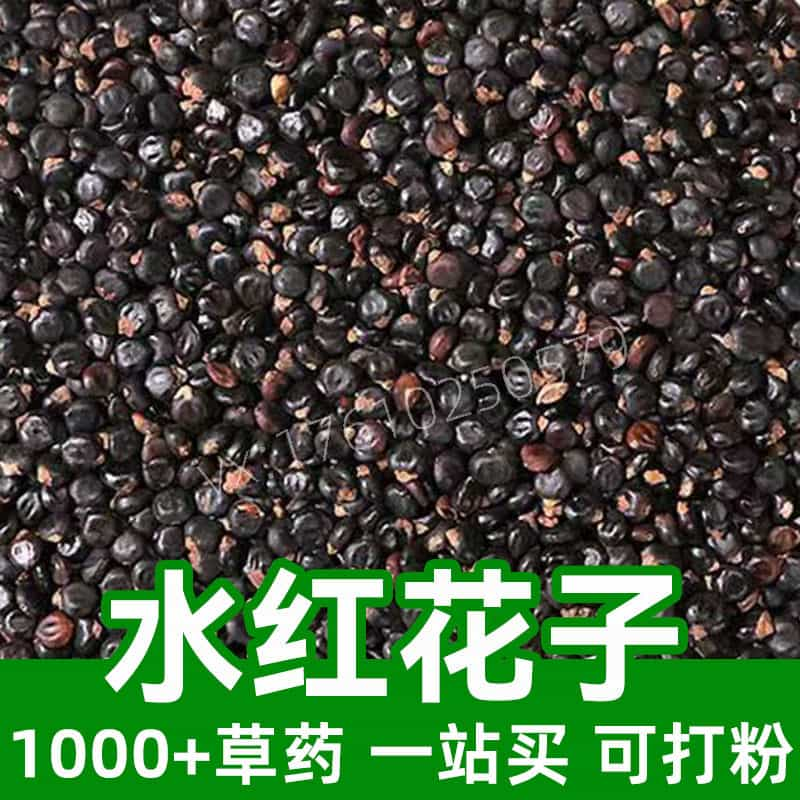Product Introduction
Camphor is a versatile herbal ingredient that has been utilized for centuries in traditional Chinese medicine and beyond. Extracted from the wood of the camphor tree (Cinnamomum camphora), this organic compound is characterized by its strong, pungent aroma and cooling effect. Its primary component, camphor, is known for its antimicrobial and anti-inflammatory properties.
Originating from Asia, particularly in regions like Taiwan and Japan, camphor holds a significant place in traditional practices, where it's appreciated for both its fragrance and therapeutic attributes. In Chinese medicine, it is believed to have a warming nature that can invigorate the body while simultaneously providing soothing relief.
Camphor is often used in a variety of applications, ranging from topical ointments that relieve muscle soreness to aromatic treatments in meditation practices. It can also be found in cooking, where it is utilized in minute quantities to impart unique flavor profiles, although this use is less common today. The cooling properties of camphor make it a valuable ingredient in herbal formulations for balancing bodily heat. Its captivating scent also lends itself to perfumery and incense.
Overall, camphor serves as a bridge between traditional and modern wellness practices, rooted in its historical application while still finding relevance in contemporary uses.
Main Active Ingredients
The primary active ingredient in camphor is, unsurprisingly, camphor itself, a bicyclic monoterpene ketone that exhibits a wide range of properties. One of the most notable features of camphor is its powerful aroma, which is both stimulating and soothing, making it a staple in both perfumery and traditional remedies.
Chemical studies have revealed that camphor has a unique molecular structure that consists of various functional groups, which contribute to its distinct pharmacological effects. Alongside camphor, minor terpenes such as 1,8-cineole (eucalyptol), α-pinene, and β-pinene may be present in the essential oil extracted from the camphor tree; these compounds may synergistically enhance camphor's therapeutic effects.
The volatile nature of camphor, which allows it to evaporate easily, contributes to its effectiveness in aromatherapy. When inhaled, camphor can stimulate the respiratory system, promote mental clarity, and provide a sense of relaxation, making it popular in holistic practices.
In traditional Chinese medicine, camphor is classified to affect the Lung, Spleen, and Heart meridians. Its properties are often harnessed to regulate body temperature, alleviate discomfort, and open energy pathways. Though more research is needed to fully elucidate the extent of its benefits and mechanisms of action, the historical and anecdotal evidence of camphor's efficacy continues to be an important aspect of its appeal.
Product Application Scenarios, Usage, and Dosage
In traditional Chinese medicine (TCM), camphor is primarily used as a topical agent due to its effective penetrative properties. It is typically found in ointments or balms designed for muscle aches, ease of respiratory congestion, and relief from external discomfort. The cooling characteristics of camphor make it beneficial in applications where inflammation is present.
For external use, camphor is often included in formulations at concentrations ranging from 3% to 11%, depending on the specific product and intended use. It may be applied directly to the skin in a small quantity, while practitioners usually advise against using high concentrations as it can lead to skin irritation. It is essential to follow the dosage recommendations provided with any formulation containing camphor.
In aromatherapy, camphor can be diffused in a room which allows its scent to fill the space, promoting an environment that encourages relaxation and mental clarity. Individuals are encouraged to start with a few drops in their diffuser, assessing personal sensitivity to its aroma.
In cooking, camphor is less commonly used due to its intense flavor, and when it is used, it should be in very small amounts—often a mere pinch—due to its potency. This usage requires careful consideration and knowledge of safe culinary practices.
Overall, while camphor serves diverse purposes, its application should always be done with caution, adhering to traditional guidelines and modern safety standards, especially for those with sensitive skin or respiratory conditions.
Introduction to the Source Plant, Distribution, and Growth Environment
Camphor is derived from the camphor tree (Cinnamomum camphora), a evergreen plant native to Asia, especially found in regions such as China, Japan, Taiwan, and parts of the Indian subcontinent. The tree can grow up to 30 meters tall and boasts shiny leaves that emit a strong aromatic scent even during simple handling.
The camphor tree typically thrives in humid, subtropical climates with well-drained soils. It prefers environments that provide ample sunlight, allowing it to reach its full height and potential. These trees are commonly found in forests, both wild and cultivated, and have been a staple in local horticulture for centuries.
Cinnamomum camphora can also be cultivated for agricultural purposes, focusing on the extraction of essential oils. Sustainable harvesting practices are increasingly encouraged to ensure that these trees are not threatened by overharvesting. The trees are slow-growing, preferring fertile soils with good drainage, which is essential for nutrient absorption and optimal oil yield.
In terms of ecological impact, the camphor tree also serves a role in local ecosystems by providing habitat for various bird species. Its adaptability to different soil types and climates, combined with its historical significance to both medicinal and aromatic practices, contributes to its ongoing cultivation and appreciation worldwide.
Harvesting, Processing, and Storage
The process of harvesting camphor involves several critical steps that begin with the selection of mature camphor trees. Farmers ensure that the trees are between 30 to 50 years old, as this age provides the highest yield of essential oil. The harvesting typically occurs in dry weather to prevent excess moisture from affecting the quality of the oil.
The extraction of camphor oil is traditionally done through steam distillation or dry distillation methods, where the wood is subjected to high temperatures, resulting in the volatilization of camphor. The vapor is then collected and condensed into liquid form, effectively capturing the potent essence of the camphor wood.
After extraction, the oil is subjected to quality testing to determine its purity and concentration of active compounds. This step is essential to ensure that the final product is suitable for both medicinal applications and consumer preferences in aromatherapy.
Storage is crucial, as camphor is sensitive to light and air, which can degrade its quality over time. It is recommended to store camphor in airtight, opaque containers kept in cool, dark places to preserve its potency. When kept properly, camphor can last for years without significant loss of quality.
In conclusion, the harvesting and processing of camphor not only require skill and understanding of the plant's lifecycle but also underscore the importance of sustainable practices to ensure the longevity of this remarkable herbal resource. Proper knowledge around handling and storage ensures that camphor maintains its reputation as a valuable component in both traditional and contemporary contexts.
Monica Sun is a seasoned expert in the natural raw materials industry, with over a decade of experience specializing in traditional Chinese medicinal herbs, spices, and fungi. She is skilled in the sourcing, processing, and application of these materials, emphasizing sustainability and innovation. Monica Sun has contributed to the development of high-quality natural raw materials that serve as essential components in functional foods, pharmaceuticals, and cosmetics, delivering tailored solutions to meet diverse market needs.













